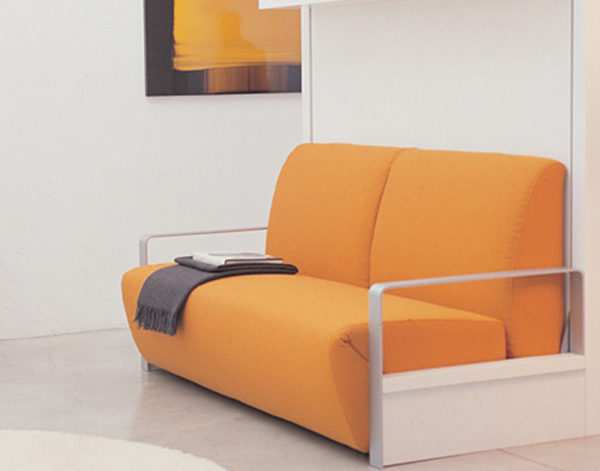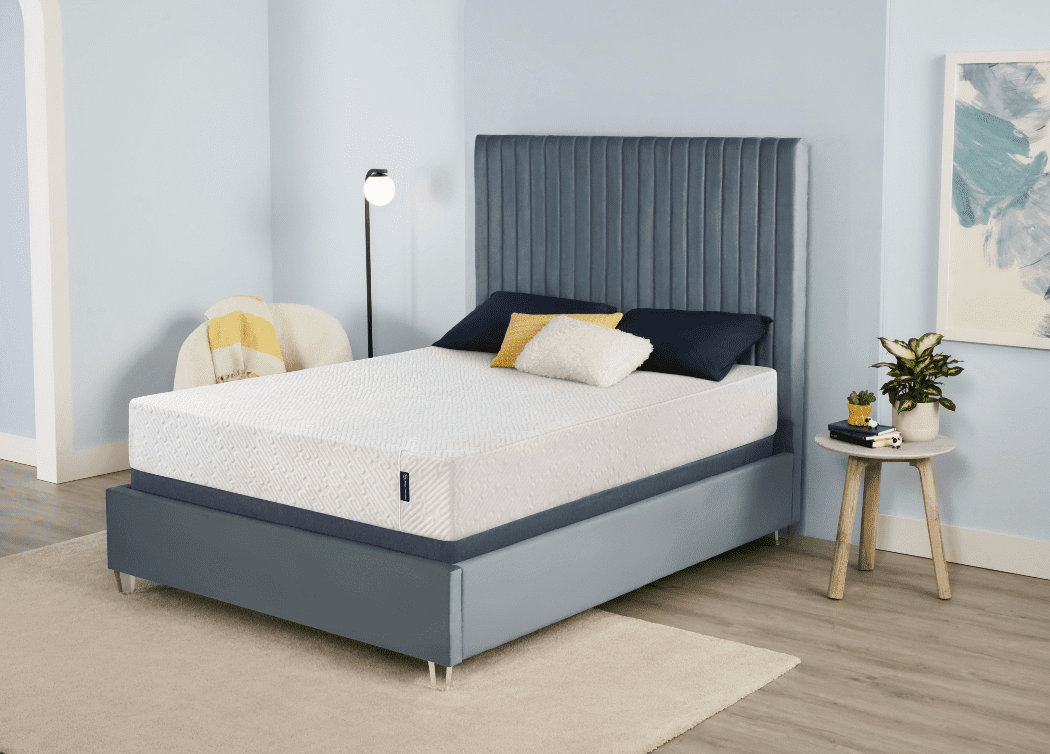Include Smart Storage Solutions
Creating ample storage is paramount for an efficient, clutter-free kitchen. You want to ensure that your cabinets, drawers, and shelves suit your specific needs. Consider creating open shelving or opting for adjustable shelves. The key to proper organization is finding a place for everything and having easy-to-access storage, so make sure the storage solutions are thoughtfully designed. Smart storage solutions can be added to any kitchen design.
Optimize Your Workflow
A well-thought-out kitchen design should optimize your workflow. Place your most-used appliances near the central work area, such as your sink, stove, oven, and refrigerator. Strategically map out your use of counter space and pantry storage. Think about how you’ll move between tools and appliances. Keep your cleaning supplies nearby and limit yourself to no more than three items away from your main workspace, like coffee makers, food processors, or blenders. Optimizing your workflow is one of the most important of the 10 basic rules of kitchen design.
Choose a Complementary Color Scheme
Another one of the 10 basic rules of kitchen design is choosing a complementary color scheme. Your kitchen should express your personality and interests. Whites, blacks, and cool grays provide a sense of sophistication. Pull colors from a favorite piece of decor or artwork that can be used to match the overall tone of the kitchen. If you are using wood flooring, cabinets, and/or counter tops, look for colors that complement this material. Alternatively, create contrast and cohesion with two-toned cabinets. When considering a complementary color scheme, you can create something truly unique.
Consider the Layout and Footprint
When deciding on the best layout and foot print for your kitchen, consider the shape and size of your space. If, for instance, you have a wider space, an open-style kitchen might be ideal for entertaining and maximizing storage. On the other hand, if the area is smaller, a galley-style kitchen would be best for making more efficient use of the space by having two parallel workstations. When selecting a kitchen layout and footprint, be sure you also consider the size of your kitchen appliances, furniture, and cabinetry.
Incorporate Versatile Functionality
Introducing a mix of different materials and textures into your kitchen design can offer new types of functionality. For example, using countertops in contrasting colors can give two sides preparing and cooking areas, or offer visual cues around content-specific storage or spaces for larger items. Built-in benches offer low storage positions and can be used as casual seating; choose lighter products with a matte surface for easy cleaning. Combining different textures such as wood and metal in the same kitchen can give the room a unique feel. Incorporating versatile functionality to your kitchen design is a great way to customize the space.
Add Personality with Finishes and Textures
Adding finishes and textures to your kitchen design can enhance the look of any room. From tile flooring, to metal backsplashes, and bright countertops, there are plenty of ways to add character and warmth to your space. Heighten your cabinetry with a glossy finish or choose multiple textures to enliven your design. Add geometric patterns to your walls or opt for a painted mural. Texture can also provide a real visual dimension, from thick, broad-planed cabinetry to those with intricate ribbing. Consider different textures and finishes to best express your kitchen design.
Opt for Durability
When designing your kitchen, be sure to take into consideration the conditions of the space and the fixtures you plan to use. It’s important that the materials used are moisture-resistant and wear-resistant, as kitchens are often the busiest spaces in the home. Choose furniture and appliances that are designed to last. Wall-mounted and portable storage items should be mounted on the wall and secured with screws. These items should be made out of, or coated in a material that resists wear. Choosing durable items for your kitchen design can help ensure the long-term usability of your space.
Introduce Ambient Lighting
Bringing ambient lighting into your kitchen design can bring a whole new level of warmth to the space. Consider layering lighting with ambient, task, and accent sources for an even look. You can even layer the lighting depending on the situation and mood. You might want a brighter light when you’re prepping for a big meal, but you can dim the lights for a relaxing atmosphere after dinner. For a well-lit room, consider having at least two ceiling fixtures and, if possible, pot lights along the upper cabinets. Utilizing ambient lighting, you can create the perfect environment.
Think About Ventilation
Ventilation is one of the most important aspects to consider when designing a kitchen. When cooking, air movement and moisture can increase significantly. To ensure a comfortable and healthy environment, think about a ventilation system that removes steam, smoke, and odors from the kitchen. Kitchen exhaust fans are essential for proper ventilation and can help reduce condensation and keep mold from forming. Exhaust systems may also purify the air in the space. Thinking about ventilation for your kitchen design can help keep the space safe and comfortable.
The Power of Kitchen Design Basics
The 10 basic rules of kitchen design are designed to help you create a space that best suits your needs. While it’s important to consider style and aesthetics, it’s also essential to think about elements such as storage, lighting, and use of materials. By artfully combining all of these elements, you can create a kitchen that is both elegant and practical. With the help of kitchen design basics, you can create the perfect environment for your kitchen.
Create a Functional Kitchen Design

The kitchen is the heart of the home and is the area where people spend the majority of their time when entertaining. When designing your kitchen, a few basic rules should be taken into consideration to ensure it is both functional and attractive. From clever storage solutions to countertops and lighting, all of these elements come together to create the perfect kitchen.
Consider Kitchentop Spacing

When it comes to effective kitchen design , spacing between kitchentops is a key factor. The distance between your sink, oven, countertop and stove should be planned to ensure food can be prepared easily. For example, a comfortable distance between the sink and stove should be around 20 inches. This will give you enough room to move ingredients around without having to worry about bumping into anything.
Utilize Kitchen Storage Space

When it comes to making a kitchen space work, it is also important to maximize storage . This can often include creating clever and attractive shelving accents that blend in nicely with architectural features. Utilizing the countertop space for appliances and storage can also be effective in keeping the kitchen organized. As well, consider adding a pot rack which can provide plenty of space to store utensils and pans.
Think About Lighting Options

Lighting can be a great way to add both an aesthetic and functional touch to a kitchen. You can opt for recessed lighting or even more creative options such as pendant lights or a kitchen island light fixture. Natural lighting is also essential and should be taken into account when designing the kitchen.
























































































